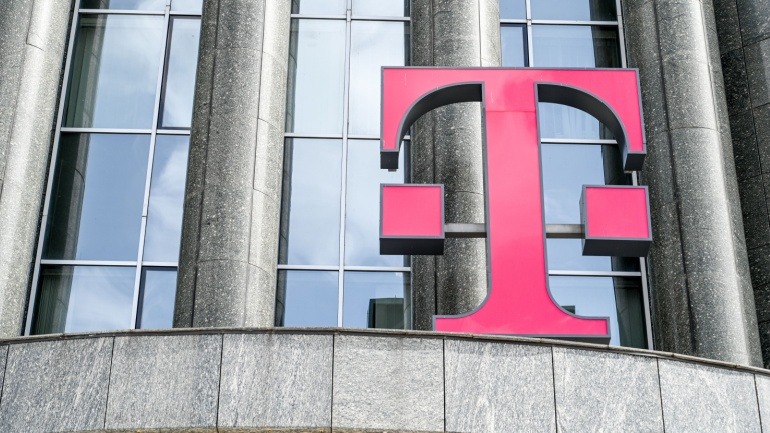Ericsson and Google Cloud’s collaboration introduces a revolutionary on-demand core network service, enhancing 5G deployment for communication service providers. Leveraging a SaaS model, the service optimizes scalability, rapid deployment, and cost-efficiency through AI and Google Kubernetes Engine.
Vodafone Idea has launched 5G services in Bengaluru as part of its nationwide rollout, partnering with Samsung Electronics to upgrade its network. The collaboration includes advanced technologies like Massive MIMO and virtualized components, enhancing connectivity while maintaining 2G support.
Nokia’s collaboration with defense giant Leonardo marks a pivotal expansion of its private 4G and 5G capabilities, targeting critical industries like public safety and defense. This Europe-made solution features high-security, real-time communication, vital for rigorous industry demands.
Ericsson unveils the Indoor Fusion 8828, a cutting-edge 5G solution engineered for enhanced indoor wireless connectivity. This innovation, first adopted by Bell, integrates radio and baseband in a single unit, supporting high-speed 5G coverage in small venues.
T-Mobile revolutionizes SailGP with top-tier 5G and AI technology, enhancing both the viewing experience and race operations. Its 5G Advanced Network Solutions provides viewers with real-time HD feeds and intuitive decision-making tools, while predictive AI boosts race management.
Arcep, the French telecom regulator, recently advanced efforts in private mobile networks by opening consultations for the 3.8-4.2 GHz frequency band. This initiative aims to drive industrial 5G deployment, enhancing enterprise communication capabilities. Aligned with EU directives, Arcep seeks input on licensing terms and technical guidelines.
Rakuten Symphony and MobiFone are revolutionizing Vietnam’s telecommunications by launching 4G and 5G Open RAN networks. This strategic partnership aims to transform MobiFone into a leading digital corporation while enhancing network flexibility and security.
U Mobile, a major force in Malaysia’s telecom industry, is set to transform its 5G connectivity through a crucial strategic partnership with CIMB Bank. With a financial boost of RM4 billion, this move aims to establish extensive 5G coverage by 2026, elevating VoIP and 5G networks in the region.
Vodafone Qatar is set to revolutionize its 5G services by partnering with Nokia for a network overhaul. The collaboration focuses on enhancing speed, security, and adaptability to meet digital transformation needs, aligning with Qatar Vision 2030. This strategic move is poised to redefine Qatar’s telecoms sector.
Spark and Air New Zealand have launched the country’s first 5G private network at Auckland Airport, revolutionizing logistics with real-time data, autonomous robots, and drones. This cutting edge system boosts safety, accuracy, and efficiency while paving the way for broader industrial automation and digital innovation.













